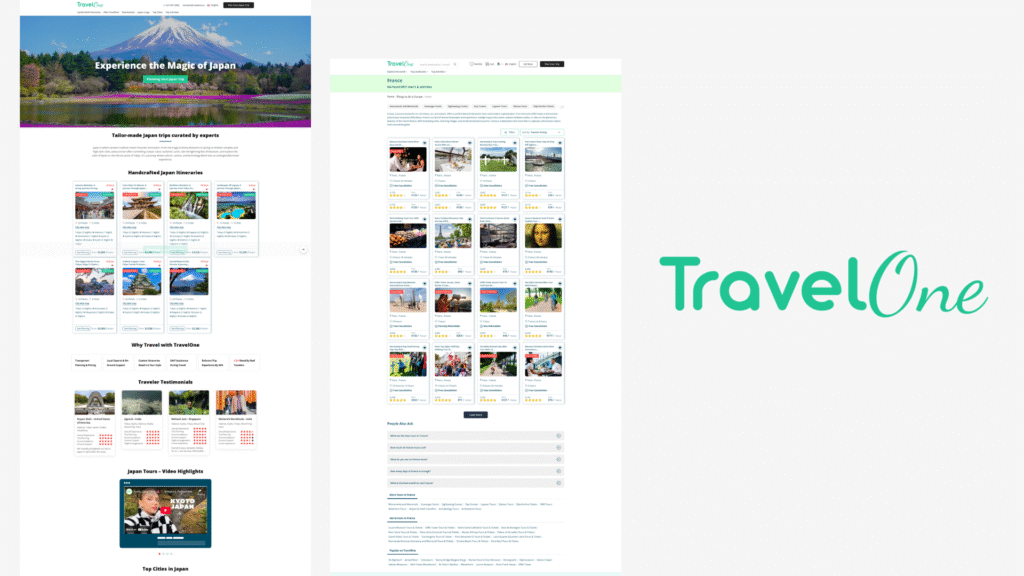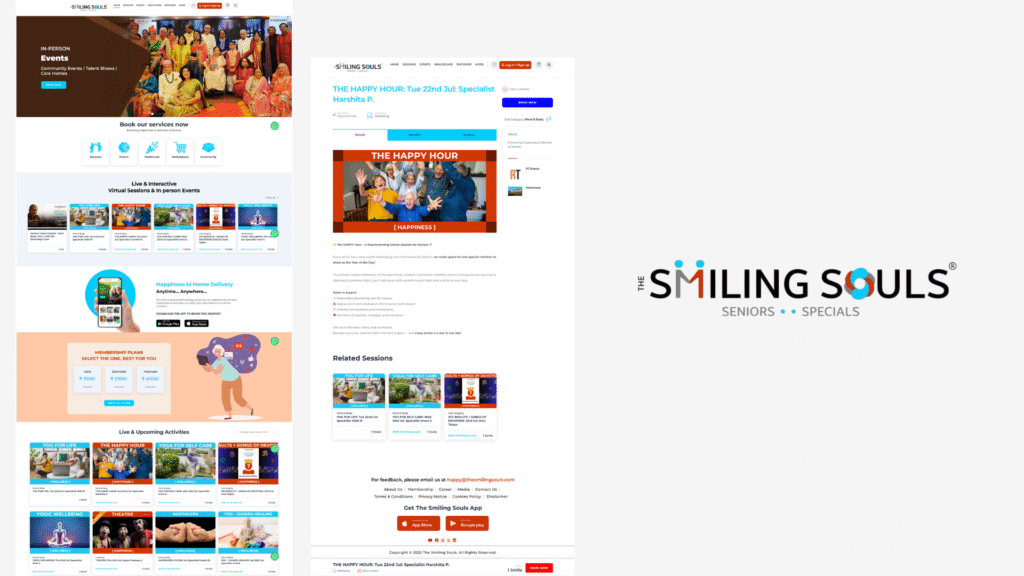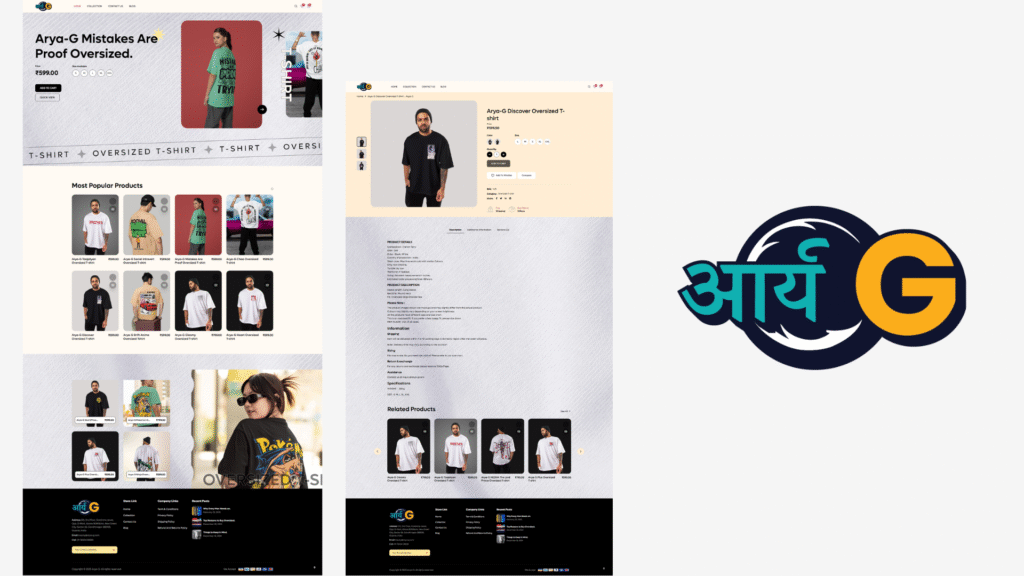Ultimate Guide to Handling Shipping & Fulfillment on Shopify (2025)
Running an eCommerce store on Shopify offers immense potential for entrepreneurs, but managing shipping and order fulfillment can be complex and time-consuming. As online shopping continues to evolve rapidly in 2025, mastering efficient logistics is crucial for customer satisfaction and profitability. This comprehensive guide will navigate you through the latest strategies, tools, and best practices to optimize your Shopify shipping and fulfillment process.
Understanding Shopify Shipping & Fulfillment in 2025
In 2025, successful Shopify merchants leverage innovative technology, streamlined logistics, and sustainable practices to enhance their shipping operations. The industry has shifted towards automation, real-time tracking, and eco-friendly solutions to meet growing customer expectations.
Why Effective Shipping & Fulfillment Matter
- Customer Satisfaction: Fast, accurate delivery improves reviews and repeat business.
- Operational Efficiency: Optimized logistics reduces costs and minimizes errors.
- Competitive Advantage: Advanced fulfillment practices distinguish your brand.
Key Challenges in Shopify Shipping & Fulfillment Today
Despite numerous advancements, merchants face ongoing challenges, including:
- Managing multiple carriers and shipping zones
- Handling increased order volumes with minimal errors
- Balancing shipping costs with delivery speed
- Ensuring transparency through tracking and communication
- Implementing sustainable shipping practices
Step-by-Step Guide to Effective Shopify Shipping & Fulfillment in 2025
1. Setting Up Your Shipping Settings on Shopify
Starting with proper configuration on Shopify is essential. Navigate to your Shipping Settings:
- Define Shipping Zones: Specify regions where you ship and set rates accordingly.
- Configure Shipping Profiles: Assign different rates and methods based on product categories.
- Set Shipping Rates: Use flat rates, weight-based, or carrier-calculated options.
- Enable Carrier Calculated Shipping: Integrate with carriers like USPS, UPS, FedEx for real-time rates.
2. Choosing the Right Shipping Carriers
The selection of carriers can dramatically impact costs and delivery times. Consider:
- Carrier Integrations: Shopify supports seamless integration with major carriers.
- Coverage & Reliability: Ensure the carrier services your target regions efficiently.
- Pricing & Discounts: Negotiate bulk rates or utilize Shopify Shipping discounts.
- Delivery Speed: Offer multiple options like express, standard, or economy shipping.
- Sustainability: Prioritize carriers with eco-friendly initiatives.
3. Automating Order Fulfillment
Automation reduces manual tasks and errors, facilitating faster processing. Key tools include:
- Shippo – Multi-carrier shipping label generation and tracking
- ShipStation – Centralized order management
- Oberlo – Dropshipping management
Set up automatic order routing, label printing, and shipment notifications to enhance efficiency and customer experience.
4. Leveraging Dropshipping & Warehousing
Shopify merchants often use dropshipping or third-party warehousing to expand without inventory burdens:
- Dropshipping: Partner with suppliers like Oberlo, Spocket, or Dropified to handle inventory and fulfillment.
- Third-Party Warehousing: Use fulfillment centers (e.g., ShipBob, Fulfillment by Amazon) for faster regional deliveries.
5. Implementing Real-Time Tracking & Customer Communication
Transparency builds trust. Provide customers with:
- Shipment tracking links integrated into order confirmation emails
- Estimated delivery dates based on carrier data
- Proactive updates about delays or issues
Use tools like QuantumCart Tracking or AfterShip for multi-carrier tracking and automated notifications.
Advanced Strategies for 2025
1. Sustainable & Eco-Friendly Shipping
Consumers in 2025 increasingly prioritize sustainability. Incorporate green practices such as:
- Using biodegradable packaging materials
- Partnering with carbon-neutral carriers
- Implementing eco-friendly fulfillment practices
2. Smart Inventory & Warehouse Management
Optimize stock levels and storage with AI-driven tools that forecast demand, reduce overstocking, and streamline picking processes.
3. Same-Day & Next-Day Delivery
Partner with regional carriers and local couriers to offer faster delivery options, staying competitive and meeting customer expectations.
4. Integrating AI & Automation Technologies
Use AI for route optimization, predictive analytics, and customer service bots that assist with tracking inquiries and returns.
Practical Tips for Smooth Shopify Shipping & Fulfillment
- Regularly audit your shipping parameters to adapt to changing costs and customer needs.
- Negotiate better rates with carriers based on volume.
- Keep an eye on international regulations to avoid customs delays and unexpected costs.
- Invest in packaging quality to reduce damages and improve unboxing experiences.
- Create a clear return policy to simplify handling refunds & exchanges.
Common Mistakes to Avoid
“Overpromising delivery times can backfire. Always set realistic expectations.”
- Ignoring customs regulations for international shipping
- Failing to update tracking information promptly
- Overlooking the importance of packaging in reducing damages
- Not analyzing shipping data to improve processes
- Neglecting customer communication during delays
Tools & Resources to Elevate Your Shopify Shipping & Fulfillment in 2025
Leverage current technology with these top tools:
- Shopify Shipping: Internal rate calculator and label printing
- AfterShip: Automated tracking & delivery notifications
- ShipStation: Multi-channel order management
- Shippo: Cost-effective shipping labels and integrations
- Oberlo: Dropshipping automation for Shopify
Future Trends in Shopify Shipping & Fulfillment (2025 & Beyond)
The landscape is continually evolving. Expect:
- Greater automation with AI and robotics
- Enhanced eco-friendly logistics options
- Increased integration of AR/VR for virtual unboxing experiences
- More personalized delivery options based on customer preferences
- Blockchain for transparent supply chain tracking
Conclusion
Mastering shipping and fulfillment on Shopify in 2025 requires a strategic blend of technology, carrier partnerships, and customer focus. By implementing automation, embracing sustainability, and continuously optimizing your processes, you can deliver exceptional customer experiences that foster loyalty and scale your business profitably.
If you’re ready to elevate your Shopify store’s logistics, start with setting up your shipping zones, leveraging automation tools, and prioritizing transparency. The future of eCommerce logistics is efficient, eco-friendly, and customer-centric — make sure your business is prepared to thrive in this new era.
For more insights, visit our blog or contact us for personalized Shopify logistics consulting.



